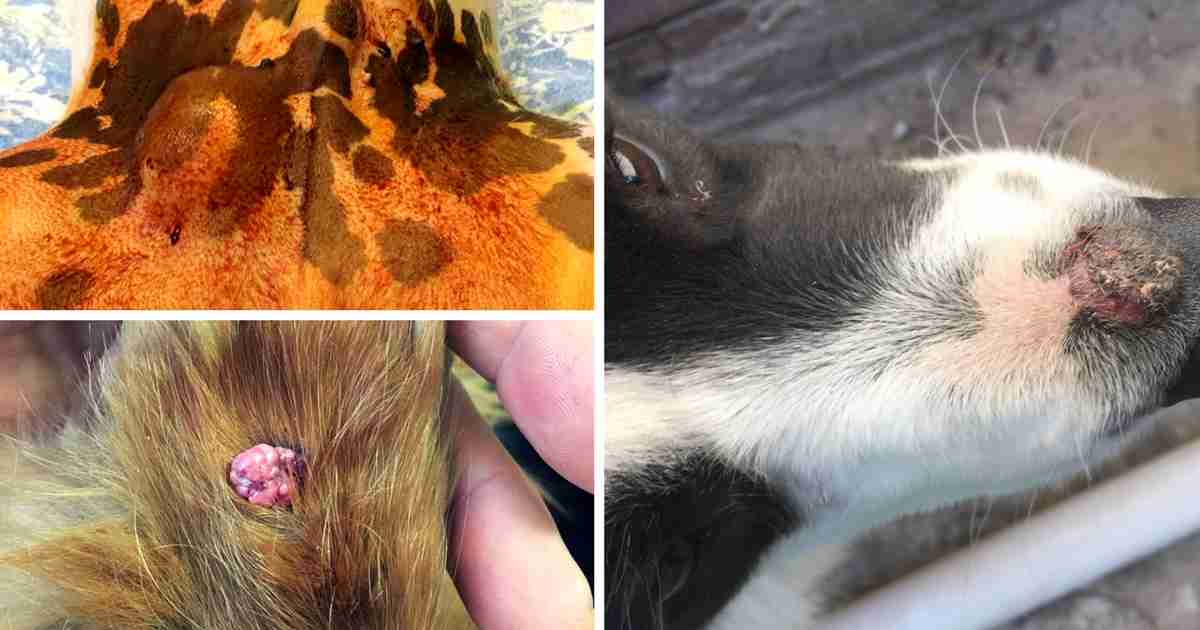
In fenestration, the needle alone is inserted into the mass percutaneously. During aspiration, the needle and syringe are attached, and vacuum is maintained. 3įNA may be accomplished using one of two techniques: aspiration or fenestration. In these cases, histopathologic confirmation may be required for definitive diagnosis. The disadvantages are that results may be nondiagnostic or equivocal because of a small number of cells in the sample, poor exfoliation of the cells, or poor sample quality. For malignant tumors, cytology provides information that assists in formulating diagnostic and treatment plans.Īdvantages of cytology include minimally invasive approach, low risk, low cost, and results that are available more quickly than biopsy results. Cellular morphology may also allow the determination of benign or malignant phenotype. FNA is useful to distinguish neoplasia from inflammation and benign masses, including lipomas and sebaceous adenomas. 1įNA and cytology provide a diagnosis for many dermal and subcutaneous masses, especially those that that exfoliate well.
Hard movable lump under skin dog skin#
Know What a Mass Is Before You Remove Itĭiagnosis of many skin and subcutaneous masses can be achieved with fine needle aspiration (FNA) and cytology. Practitioners should measure and document the size of the initial mass for comparison to see growth, and educate clients about the “pea” size requirement to encourage them to have masses evaluated. However, they should not be allowed to grow larger than 1 cm without investigation. In veterinary medicine, most skin and subcutaneous tumors can be cured with surgery alone if diagnosed early when they are small.Īlthough the See Something, Do Something guidelines specify a 1-cm mass, smaller masses may also be aspirated or biopsied. These are often the most frustrating and heartbreaking cases.

Surgical excision of larger masses may result in less than adequate surgical margins (narrow or incomplete), leading to recurrence and additional costly therapy (more aggressive local surgery, radiation therapy, and/or chemotherapy).Įven worse, the tumor may become too big or advanced to be removed or treated at all. Allowing a tumor to grow can turn what might have been a simple surgical removal into a much more complicated one.
Hard movable lump under skin dog professional#
Without guidelines to increase both public and professional awareness, superficial masses may be monitored for too long. 1 However, at this time, no specific guidelines exist for determining when to aspirate, biopsy, or monitor canine and feline skin and subcutaneous masses. 2 It is also recommended to evaluate masses that are growing, changing in appearance, or irritating to the patient. The 2016 AAHA Oncology Guidelines for Dogs and Cats summarize the tools used for diagnosis, staging, and treatment of common tumor types. It is well documented that cytologic and histologic evaluations are important diagnostic tools in veterinary oncology and that obtaining a preliminary diagnosis optimizes treatment planning. We must find tumors earlier when they are small, and we must aspirate them sooner. I hope they will increase client awareness, promote early cancer detection and diagnosis, and encourage early surgical intervention. I developed the guidelines I recommend in this article with the input of fellow specialists and VCA Animal Hospitals, Inc, as the See Something, Do Something. When we finally tested it, the 7-cm mass over his flank turned out to be a low-grade soft tissue sarcoma. When we found another mass, we waited to get an aspirate, because-based on appearance and Smokey’s history-we assumed it was benign. I performed and documented all those aspirations. My oncology nurse had a pit bull, Smokey, whose medical record contained aspiration results from more than 10 lipomas. I’ll be honest, it’s easy to get complacent. A standard of care is needed for skin and subcutaneous masses in dogs and cats. The current recommendations for working up a mass include the same generalities our clients hear: “Recommend if a mass is changing in size or appearance, or bothering the patient.” 1 Again, what does this mean? What changes are clinically significant-any? All? What constitutes patient “bother”? These kinds of measures are not enough.

The truth is that even an experienced cancer specialist (like me) cannot look at or feel a mass and know what it is. When a dog or cat presents with a dermal or subcutaneous mass, the owner is often told, “Keep an eye on it.” But what does that mean? Keep an eye on it for how long? How much should a mass grow before it is investigated? As a veterinary cancer specialist, I hear all too often that a mass does not “look” or “feel” malignant.


 0 kommentar(er)
0 kommentar(er)
